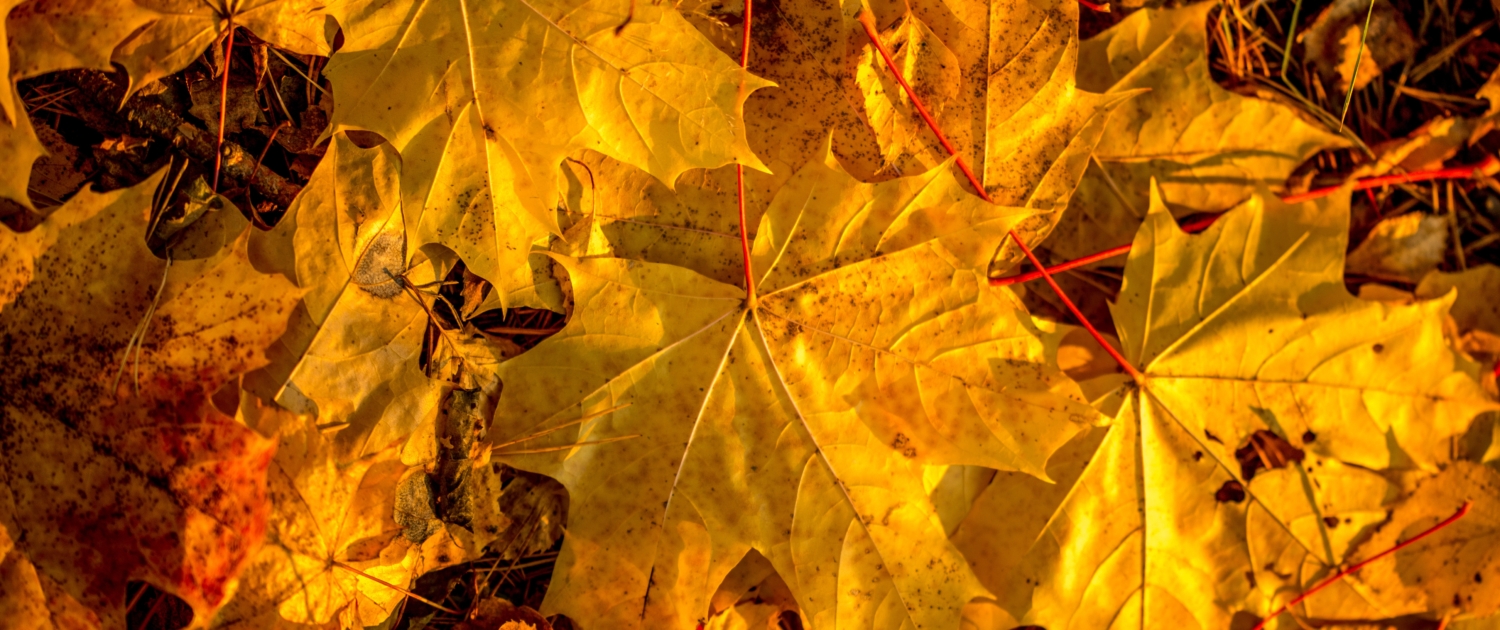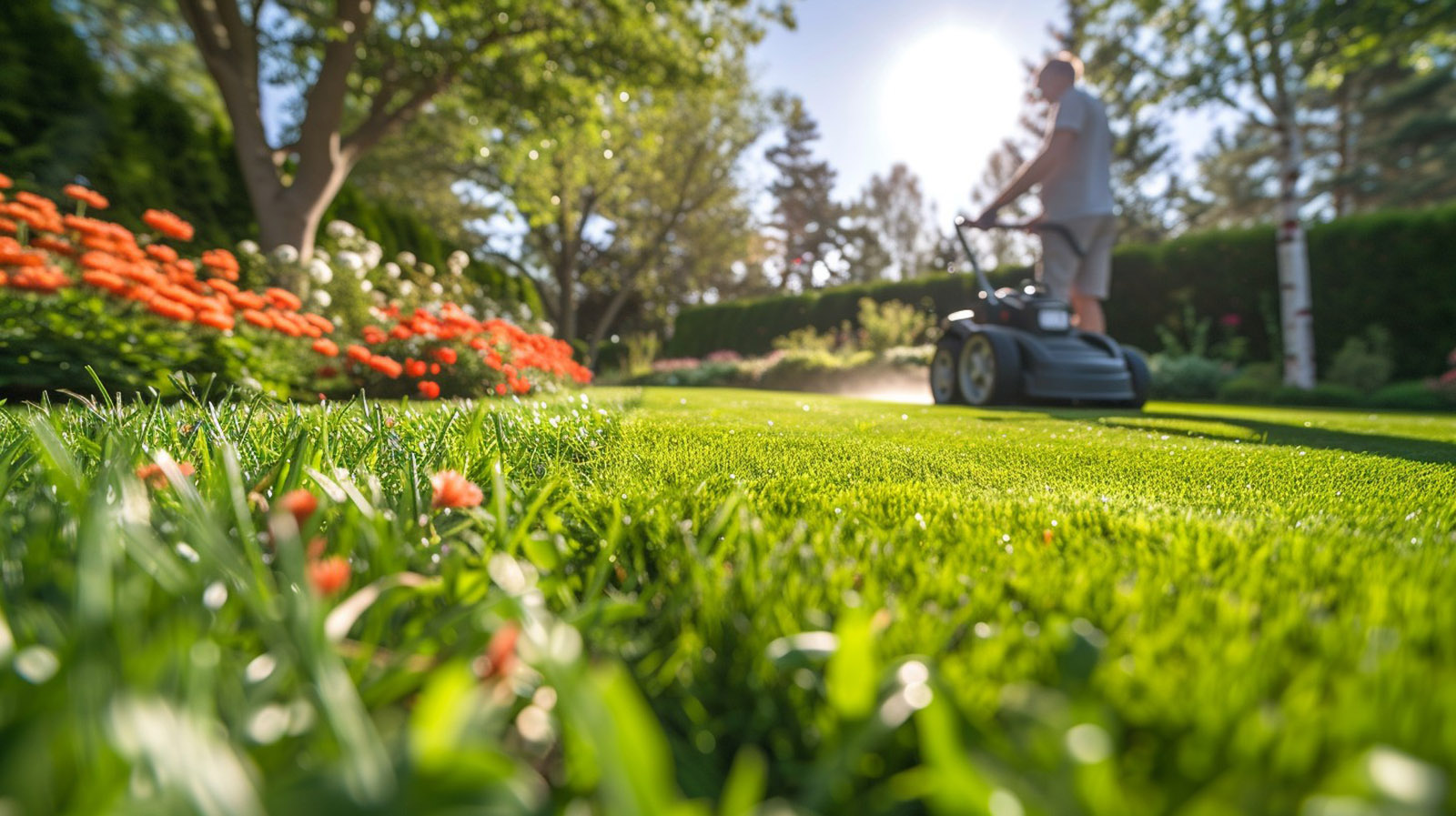
Are you eagerly anticipating the arrival of autumn? The vibrant hues of falling leaves not only signal the changing of the seasons but also present a golden opportunity for your lawn and garden.
Autumn leaves, when processed correctly, offer a bounty of benefits for your outdoor spaces. From fertilising your plants to enriching your soil, here’s how you can maximise the potential of those colourful leaves strewn across your yard.
1. Fertilise Your Garden
Autumn leaves are a natural source of essential minerals that can nourish your shrubs, perennials, trees, and more. By composting these leaves, you can create a nutrient-rich fertiliser to feed your plants throughout the year.
2. Mulch Your Beds
Transform fallen leaves into a protective layer of mulch for your garden beds. Mulching helps retain moisture, suppress weeds, and regulate soil temperature, creating an optimal environment for plant growth.
3. Topdress Your Lawn
Give your lawn a boost by topdressing it with a layer of shredded autumn leaves. This organic amendment improves soil structure, enhances water retention, and encourages healthy root development in your grass.
4. Enhance Soil Health
Incorporate shredded leaves into your garden soil to increase its organic matter content. This boosts soil fertility, improves drainage, and creates a thriving ecosystem for beneficial soil organisms.
5. Create Seed-Raising Mix
Blend shredded leaves with garden compost, sand, and loam to create a nutrient-rich seed-raising mix. This homemade concoction provides a nourishing environment for seed germination and early plant growth.
How to Process Autumn Leaves

Harnessing the Benefits of Free Mulch from Autumn Leaves
To unlock the full potential of autumn leaves, follow these simple steps:
- Build a Leaf Mould Heap: Create a compost bin or use a bin bag to gather your leaves. Ensure the bin is located near a shed to protect it from the elements while still allowing rain to reach the leaves.
- Select the Right Leaves: Opt for leaves from deciduous trees like maple, oak, birch, and elm, as they break down more easily. Minimise the inclusion of leaves from evergreen trees, as they decompose more slowly.
- Shred the Leaves: Use a lawnmower to finely shred the leaves before adding them to the compost bin. This speeds up the decomposition process and creates a more uniform mulch.
- Patience is Key: Leaf mould takes time to develop, with decomposition ranging from six months to three years. For rich soil conditioner, let it rot for two to three years; for mulch, six to twelve months will suffice.
By harnessing the power of autumn leaves, you can create a sustainable cycle of garden nourishment and growth. Embrace this natural resource and watch your lawn and garden thrive year after year.
Ready to Transform Your Yard?

Harnessing the Benefits of Free Mulch from Autumn Leaves
For all your lawn care needs, from mulching to mowing, trust the expertise of our experienced professionals. Contact us at 310-JIMS or book a FREE QUOTE online today!

